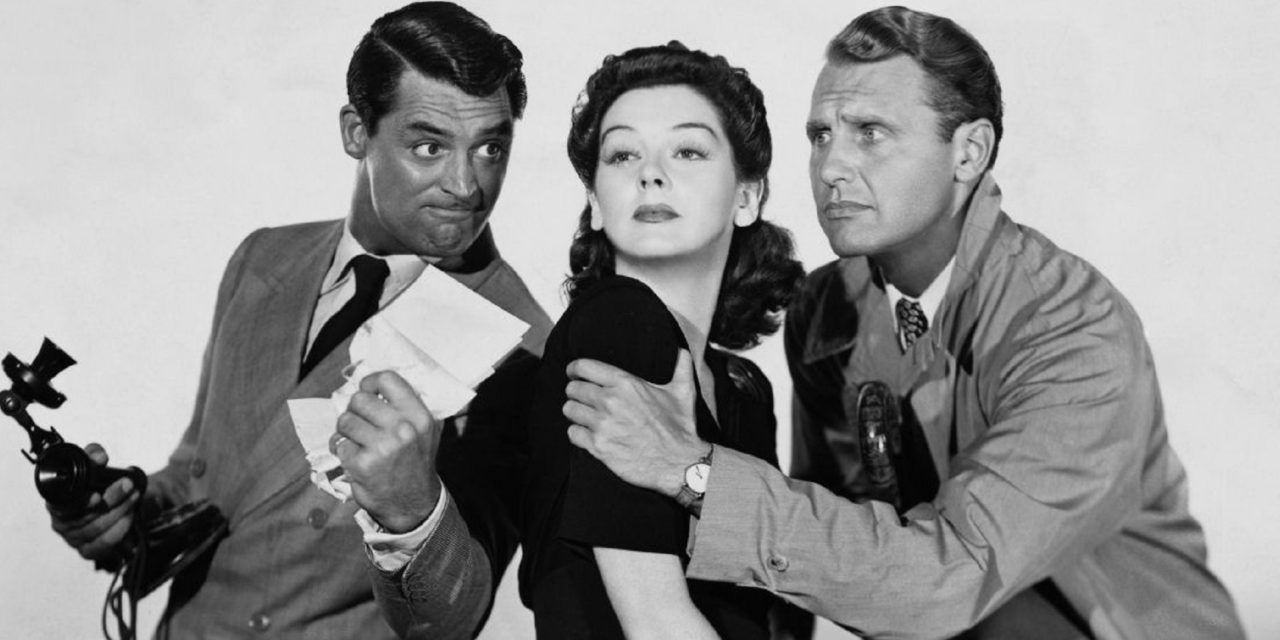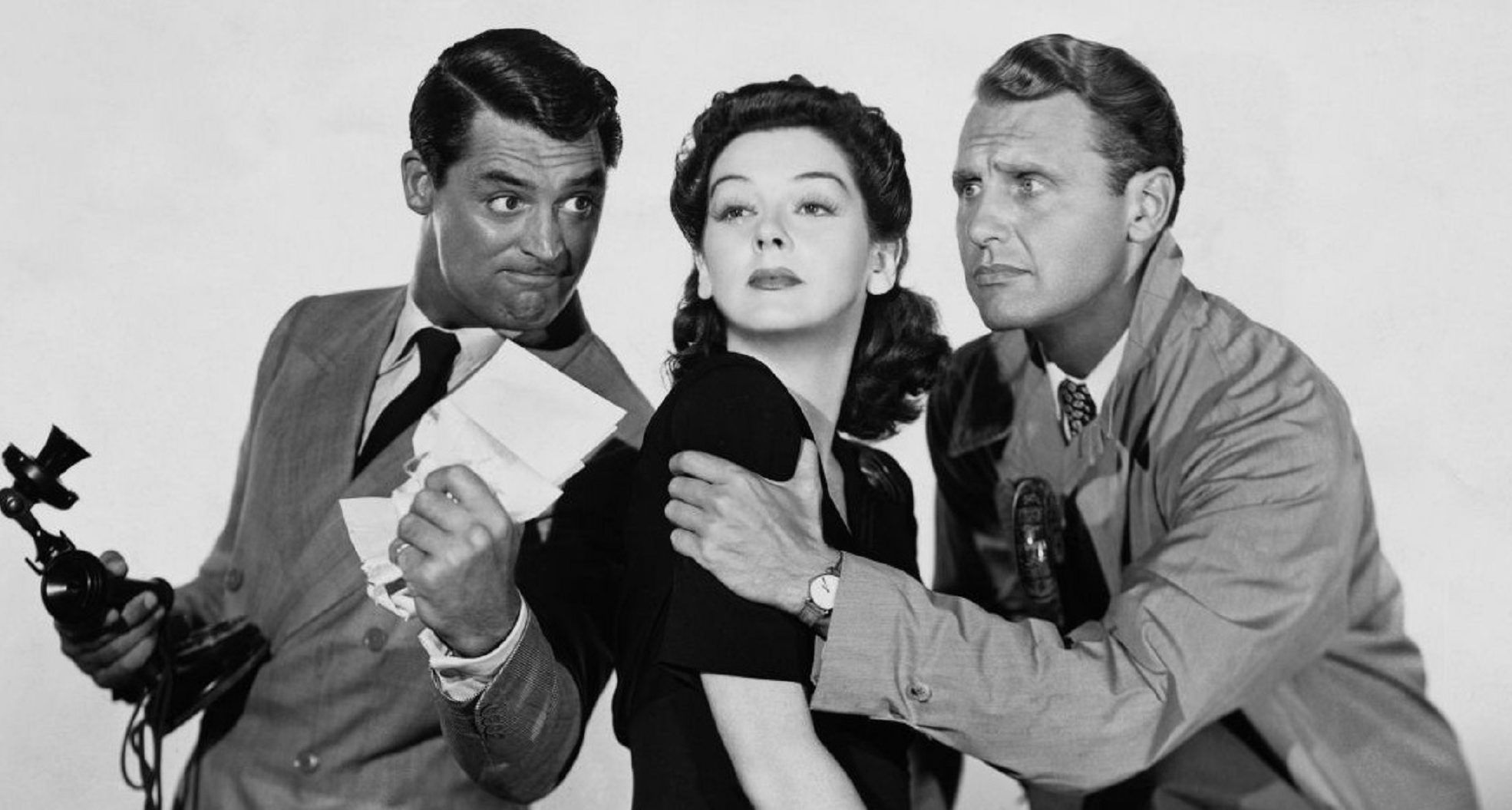The Silver Screen Is White
Though speakers for a more diverse Hollywood remain vocal, their efforts over the last decade have produced little results. This news comes out of a recent report released by the University of Southern California (USC). The 10-year study looked at the casting and hiring choices of 900 popular films. And the results were less than heartening. In the words of the Media, Diversity, and Social Change Initiative (MDSCI), “Privilege still speaks, as white, straight, able-bodied men remain the norm on screen in film.”
The Numbers Speak for Themselves
When it comes to inclusion, here are a few conclusions from USC’s most recent report:
- Only 8 percent of the actors on screen are Caucasian. Since 2007, the total number of Black, Hispanic, and Asian characters on screen remained at a paltry 21.4 percent.
- The ratio of males to females in these 900 films was 2.3:1. In the past decade, the percentage of female speaking characters on screen increased just 1.5 percent.
- Just 32 of 100 films in 2016 had a female lead or co-lead. Women over 45, however, did see a small boost in popularity. The presence of women was lowest in the action or adventure genre.
- Out of the 100 films surveyed in 2016, just 24 percent featured a lesbian, gay, bisexual, or transgender (LGBT) character. Of the few LGBT roles seen on screen, Caucasians filled 79.1 percent of them.
- Just 2.7 percent of films featured a character with a disability. Men accounted for 67.7 percent of the disabled characters.
- Behind the scenes, things aren’t much better. Only 4.2 percent of directors are female. In fact, out of the 900 films surveyed, the study found just 34 female directors.
The Oxymoron of Inclusion:
The fact that Hollywood remains stubbornly closed to minorities doesn’t seem logical. After all, according to an article by the Washington Post: “Every year for the past half-decade, the average white American has bought a ticket to fewer films than the average black, Hispanic or Asian moviegoer did.” Casting directors continue to ignore ways that might help them better connect with their audience.
Why? Here are some reasons proposed by experts:
- Hollywood directors are reluctant to use nameless, untested talent. Therefore, since hiring rates for minorities have always been abysmally low, the problem continues to perpetuate the issue.
- Financiers prefer to use big name actors to drive box office traffic. Since a lot of Oscar winners are white, this preference excludes skilled minorities from many roles.
Hopefully, however, Hollywood will take notice of MDSCI’s advice.
Luckily for the world, most of us are not as stubborn as Hollywood filmmakers. For a story about a minority woman making a difference, take a look at this piece.









